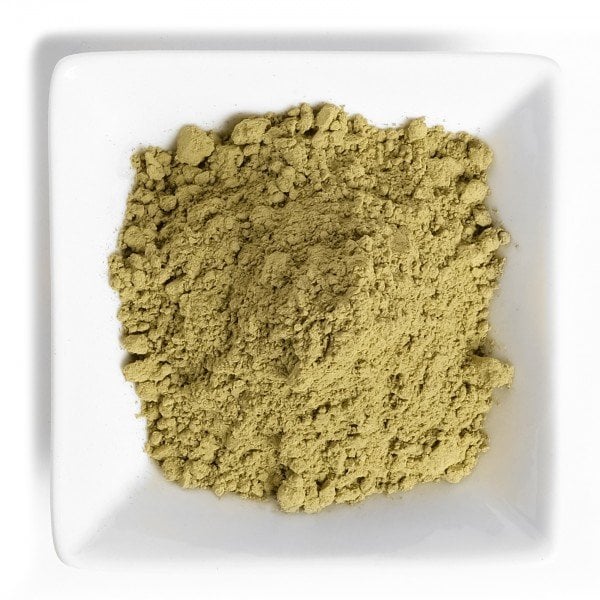In 2019, we were lucky enough to see a large number of changes in the ways that kratom is viewed at the national and state level. Some states passed consumer protection laws that can ensure kratom remains safe and legal while others are not far behind.
In 2020, the American Kratom Association has publicized its goal of getting 21 more states to pass a Kratom Consumer Protection Act (KCPA) so that the total number of states in the USA with this type of law in place reaches 25.
What exactly is the Kratom Consumer Protection Act, and where can you expect to see these changes being fought for? Let’s find out more.
What Is The Kratom Consumer Protection Act?
Let’s start by reviewing what the Kratom Consumer Protection Act, KCPA, represents for a general kratom consumer like you.
A KCPA is a type of protection act that can help to ensure that kratom will remain a safe and legal product for people to us. The guidelines laid out by the act ensure that unadulterated and fully tested products are the only ones reaching the market. Simultaneously, it defines kratom in a specific way and ensures its legality for future use.
The specific act passed in each state may differ slightly. This is because the KCPA, as created by the American Kratom Association, is only a set of guidelines. Each state may modify those guidelines to fit their plans.
Generally, the core components of a Kratom Consumer Protection Act are as follows:
- Registration of products: Agency handles the registration of products and ensures testing compliances.
- Age restrictions: States may choose to ban kratom sale to those under 18 or 21, depending on the locality.
- Labels: The KCPA outlines what can and cannot be on a kratom label along with best practices guidelines. These labels must also include any necessary warnings and safety data.
- Quality control: Substances cannot be adulterated6 or have added synthetic alkaloids. Additionally, the amount of 7-OH is limited to 2%.
These four core areas are the primary focuses when AKA is working on getting legislation passed, but not all components or ideas can be implemented while trying to make a change for the better in the world of kratom.
Current KCPA Situation
Currently, there are four states that have passed a Kratom Consumer Protection Act:
- Nevada
- Utah
- Arizona
- Georgia
While efforts to get various KCPA components implemented in other states happened in 2019, meetings with the various legislative parties can be a long process, and no other states passed any KCPA laws.
That’s not to say, however, that a few states didn’t take the time to outright ban kratom:
- Indiana
- Vermont
- Wisconsin
- Alabama
- Arkansas
- Rhode Island
The Future of the KCPA
Though an outright ban can seem like a huge roadblock, bans are not always permanent decisions. In fact, the American Kratom Association believes that the support to change some of these laws exists in four target states for 2020:
- Rhode Island
- Alabama
- Arkansas
- Wisconsin
These are just the states where kratom is currently banned that the AKA intends to make primary focuses of 2020. The complete list of states that will hopefully have KCPA guidelines in place by the end of 2020 includes:
- Oregon
- Idaho
- Colorado
- Kansas
- Oklahoma
- Missouri
- Louisiana
- Illinois
- Michigan
- Tennessee
- Mississippi
- Florida
- South Carolina
- North Carolina
- Virginia
- West Virginia
- Ohio
- Pennsylvania
- New York
- Rhode Island
- Wisconsin
- Alabama
- Arkansas
As you can see, the goals set by the American Kratom Association are quite lofty! The ball is already in motion to see kratom legislative brought before a judge or committee, however, so it is still an achievable goal, even if there are a lot of states to be covered.
Why The KCPA Needs To Spread
We absolutely love that the AKA has made such a bold goal regarding how many states they would like to help pass protection acts this year.
The kratom community, whether people realize it or not, is at a stage where these kinds of protections from both bad products and potential bans are needed. They need to be codified into laws and guidelines so that consumers like you can continue their kratom use safely.
You might already know that there has been a history of disenchantment and misinformation about kratom being spread. Even the FDA has been pushing for the banning of kratom without any solid evidence to support such a ban. State-level bans prevent researchers from doing more with kratom, and the bans also prevent consumers from being able to use kratom safely.
The more states that have KCPA in play, the better. The guidelines and core tenants of these acts help to ensure the future of both the kratom industry and the people that want to use it. We support AKA and its efforts to make this change.
How You Can Help KCPA
Is your state one of the states where AKA will be putting in the work to change the laws? Are you interested in helping ensure the future of the kratom community in America?
If so, it might be time to get involved!
There are a number of different ways that you can support the actions being taken by the American Kratom Association:
- Share your story in states where bans or KCPA laws are being considered.
- Support AKA with donations or volunteer work.
- Show up at local events to support the kratom community.
- Only buy from retails that follow the guidelines laid out by AKA and have your best interests at heart.
- Report problematic companies or unsafe kratom vendors to the AKA so that they can further investigate.
In 2020, it’s time to help ensure that kratom can be safe and legal to use for everyone who is interested in it. To ensure that happens, it’s also time for all of us to get involved!
Your involvement doesn’t need to be a huge burden in neither time nor money; instead, simply buying kratom from vendors that care about the industry outside of their own profit margin can make a huge difference.











